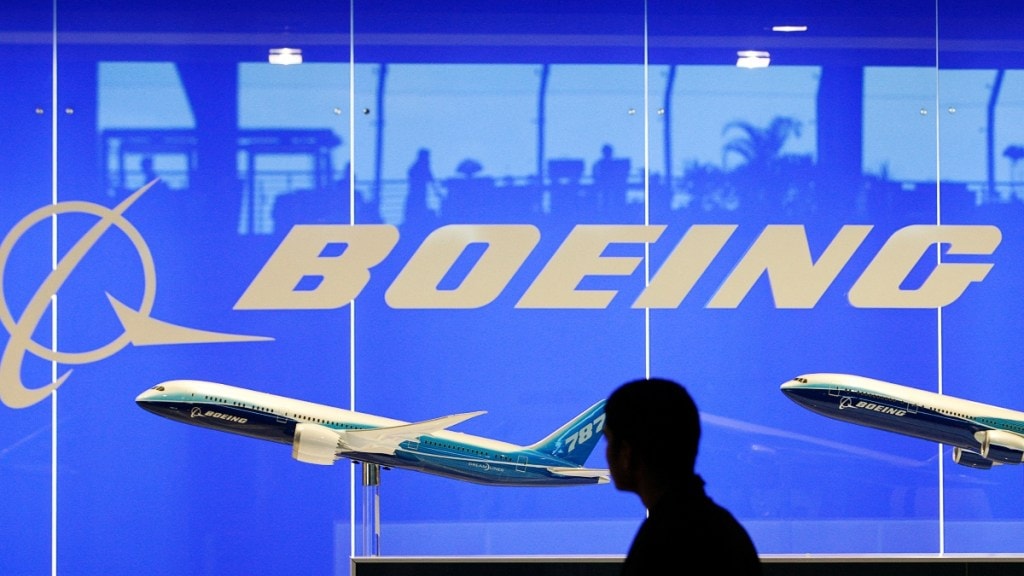Boeing CEO Kelly Ortberg pledged that employees furloughed during the company’s seven-week strike would be compensated for lost wages. However, Ortberg also confirmed Boeing’s plans to proceed with significant workforce reductions, with approximately 10 per cent of the company’s global workforce facing layoffs.
Boeing strike
The move follows a prolonged strike by 33,000 union machinists, which started in September, halting production of Boeing’s flagship 737 MAX. During this period, Boeing furloughed thousands of salaried employees on a rolling basis. The strike concluded on Monday after the machinists ratified a new contract, which included a 38 per cent wage increase over four years and a $12,000 bonus. Production for the 737 MAX is set to resume gradually, with regulatory oversight due to ongoing scrutiny of quality issues.
Ortberg expressed his gratitude to employees for their patience and sacrifices during the strike. “Your sacrifice made a difference and helped the company bridge to this moment,” Ortberg wrote in an internal email to staff, which was obtained by Reuters. “We want to acknowledge your support by returning your lost pay if you went on unpaid furlough.” His comments appear to be an effort to bolster morale at a time when Boeing is facing severe challenges across its workforce.
What’s next for Boeing?
Boeing’s decision to follow through with layoffs, despite offering furloughed employees their lost pay, points to broader structural changes within the company. Ortberg stated that the workforce reduction is necessary for Boeing’s financial health and its long-term focus on core business areas. “We will continue forward with our previously announced actions to reduce our workforce levels to align with our financial reality and a more focused and streamlined set of priorities,” Ortberg said. “These structural changes are important to our competitiveness and will help us deliver more value to our customers over the long term.”
The workforce cuts will affect employees globally, with job loss notifications beginning in mid-November. The Society of Professional Engineering Employees in Aerospace, representing Boeing’s engineers, confirmed that its members would start receiving 60-day notices of job losses as of November 15.
Boeing’s financial struggles in 2024 have been compounded by a quality crisis that followed a mid-air panel blowout in January. This issue, coupled with production delays and market downturns, has left Boeing with losses totaling nearly $8 billion for the year. In response to these financial pressures, Boeing recently raised $24 billion in fresh capital to strengthen its balance sheet and is evaluating its businesses and long-term financial outlook. Some of the company’s assets may be sold as part of the restructuring, with a primary focus on Boeing’s civil aircraft and core defense units.
Ortberg’s focus on “the right path and making the right changes” reflects the company’s intent to realign and prioritise areas of strategic importance. This comes as Boeing aims to rebuild customer trust and address the quality issues that have dogged its operations this year. For employees, however, the job cuts underscore a challenging period ahead, with heightened uncertainty around the future of their roles within the company.
The union contract ratified this week offers returning machinists higher pay and bonuses, marking a significant improvement in compensation. These workers are expected to resume work by November 12, although Boeing has yet to provide an exact timeline for when 737 MAX production will return to full capacity.
As Boeing navigates this turbulent period, the repayment of furloughed employees’ lost wages is a conciliatory step by Ortberg to acknowledge their dedication during a challenging time. Yet, as the company streamlines its workforce and potentially sells off assets, the future for many of Boeing’s employees remains uncertain.
Ortberg’s email, initially reported by The Air Current, reflects Boeing’s emphasis on realigning its resources toward essential operations while mitigating financial strain. The next few months will be pivotal for the aerospace giant as it continues to address operational challenges, manage restructuring efforts, and re-establish production timelines for one of its most popular aircraft models.
